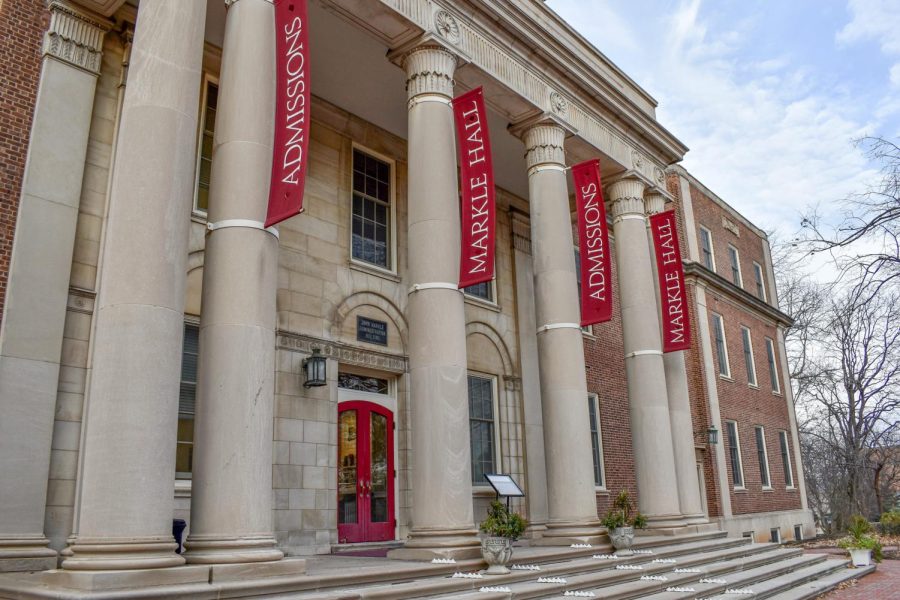This week, the college approved a 5.5 percent increase in tuition for the 2023-24 academic year, bringing the total cost of attendance to $80,114. Inflation was cited among the reasons for the increase.
“While we understand that the cost of tuition is a really big factor for our families and students, we also have to ensure that we can do the things that the students need here on campus,” Executive Vice President for Finance and Administration Audra Kahr said. “We are in a really difficult inflationary period. Costs are on the rise for everything we do.”
Last year’s tuition increase was four percent following a flat period during the first two years of the COVID-19 pandemic.
“Historically, increase on college campuses tend to be anywhere from four to seven percent, so that is pretty standard,” Kahr said. “I think nationally, there [are] increases happening that are adjusting for an inflationary period.”
Each October, tuition is reviewed and discussed by the Board of Trustees and the campus-wide Budget Committee and adjusted accordingly. According to Lafayette Today, specific facility improvements are underway or have been completed to improve the student experience amid the tuition hike. Among these renovations are those in the Acopian Engineering Center, the new Markle Parking Deck and the upcoming Leopard’s Lair student gathering center in Farinon. The college also plans to create 20 tenure-line faculty positions.
“We are trying to deliver more for students while managing the expenses. We are trying to plan for the future while still delivering everything that we promised to students,” Kahr said.
President Nicole Hurd said that the administration is conscious of the financial burden the tuition will have on returning students but said most students won’t pay the full sticker price.
“None of us did this without a huge recognition that this means we have to make sure the Lafayette education stays affordable,” Hurd said. “That means deeper investments in financial aid and making sure that both our lower-income students and our middle-income students have support.”
According to Kahr, other institutions will likely also raise tuition for the upcoming academic year. However, specific numbers are not available until the next year.
“We are not allowed to ask for other institutions’ [rates] because of price fixing,” Kahr said. “We can do a look-back period to see what everybody was [at] last year, but we cannot know where people are going to be this year until after it is posted for every institution.”
Before raising tuition for this academic year, the college looked at a list of dozens of colleges similar to Lafayette to compare tuition costs, paying specific attention to how many students attend the institution and the rate per student, according to Nick Tufano ’23, a student representative to the Board of Trustees Financial Policy Planning Committee.
“We don’t want to [have] the highest tuition out of our sample size,” Tufano said. “I don’t think they were increasing tuition just for the sake of doing it … These are our needs to run the college.”
Tufano said that many students have misconceptions about the endowment and its relationship with tuition.
“I think it’s important to note that endowment, while large, is heavily backed by debt. So it’s not like liquid cash that the college just has a billion dollars sitting on hand.”
While the attendance costs are high, Lafayette is ranked as one of the top schools on investment return by the Wall Street Journal, Bloomberg Businessweek and Payscale.com.
“The biggest investment somebody should make in life should be their education,” Hurd said.
Editor-in-Chief Nathan Kornfeind ’23 contributed reporting.
























































































































